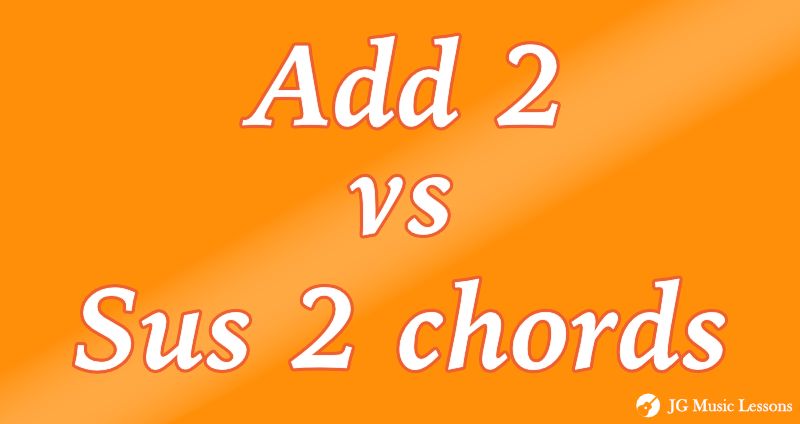If you’ve seen add 2 chords and sus 2 chords on sheet music when trying to learn a song, but weren’t sure what they were or how they are different, this lesson will clarify things for you. Although these chords have some similarities, they’re not quite the same.
Let’s first look at the music theory which explains these chords and then cover chord examples you can try on guitar!
Add 2 chords vs. Sus 2 chords
Here is the difference between add 2 chords and sus 2 chords:
- Add 2 chords include the 2nd scale degree to a triad structure (chord tones 1, 3, and 5). That means that a Major add 2 chord has the chord tones 1, 2, 3, and 5. For example, a C add 2 has the chord tones C, D, E, and G.
- On the other hand, sus 2 chords replace the 3rd scale degree with a 2nd scale degree. That means that a Major sus 2 chord has the chord tones 1, 2, and 5. For example, a C sus 2 has the chord tones C, D, and G.

Add 2 chord examples
Note that add 2 chords can also be written as 2 chords. For example, C add 2 is the same as C 2.
C add 2 chord
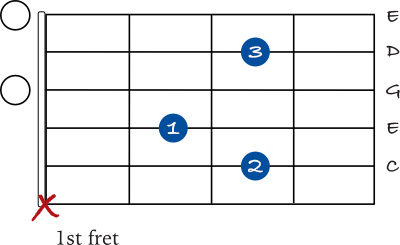
D add 2 chord

E add 2 chord
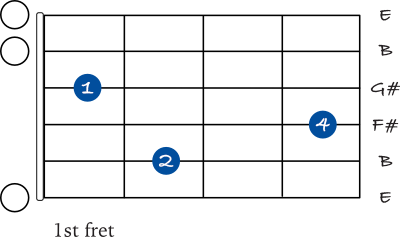
F add 2 chord
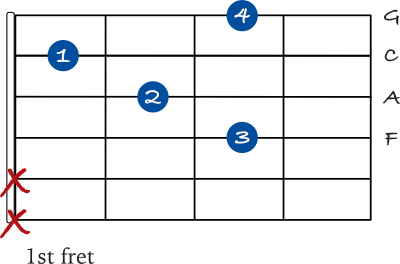
G add 2 chord
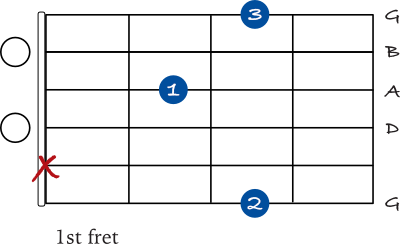
A add 2 chord
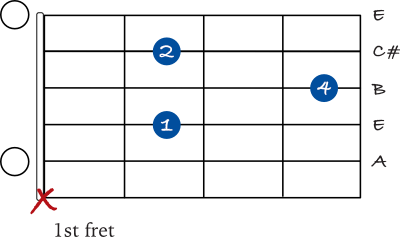
B add 2 chord
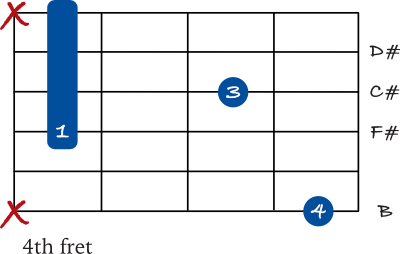

Chart of all Add 2 chords
| Add 2 chord | 1 | 2 | 3 | 5 |
|---|---|---|---|---|
| C add 2 chord | C | D | E | G |
| D add 2 chord | D | E | F# | A |
| E add 2 chord | E | F# | G# | B |
| F add 2 chord | F | G | A | C |
| G add 2 chord | G | A | B | D |
| A add 2 chord | A | B | C# | E |
| B add 2 chord | B | C# | D# | F# |
| Db add 2 chord | Db | Eb | F | Ab |
| Eb add 2 chord | Eb | F | G | Bb |
| Gb add 2 chord | Gb | Ab | Bb | Db |
| Ab add 2 chord | Ab | Bb | C | Eb |
| Bb add 2 chord | Bb | C | D | F |
Sus 2 chord examples
C sus 2 chord
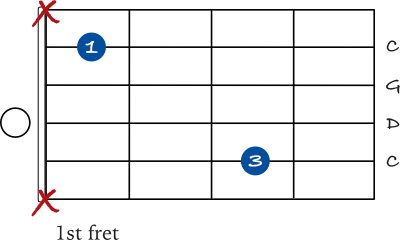
D sus 2 chord
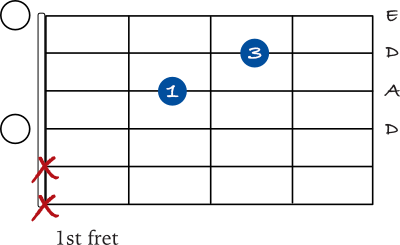
Related: 6 ways to play a D sus 2 chord.
E sus 2 chord
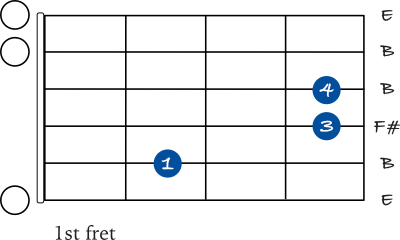
Related: 6 ways to play an E sus 2 chord.
F sus 2 chord
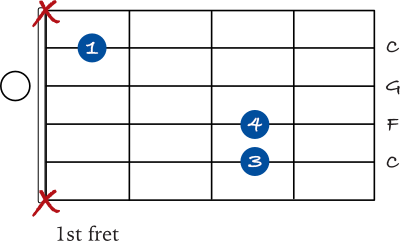
G sus 2 chord
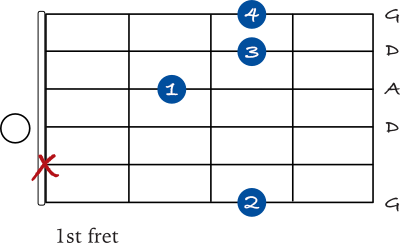
Related: 6 ways to play a G sus 2 chord.
A sus 2 chord

Related: 6 ways to play an A sus 2 chord.
B sus 2 chord
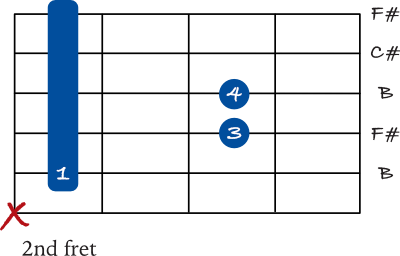
Chart of all Sus 2 chords
| Sus 2 chord | 1 | 2 | 5 |
|---|---|---|---|
| C sus 2 chord | C | D | G |
| D sus 2 chord | D | E | A |
| E sus 2 chord | E | F# | B |
| F sus 2 chord | F | G | C |
| G sus 2 chord | G | A | D |
| A sus 2 chord | A | B | E |
| B sus 2 chord | B | C# | F# |
| Db sus 2 chord | Db | Eb | Ab |
| Eb sus 2 chord | Eb | F | Bb |
| Gb sus 2 chord | Gb | Ab | Db |
| Ab sus 2 chord | Ab | Bb | Eb |
| Bb sus 2 chord | Bb | C | F |
Add 2 vs add 9 chords
Lastly, it’s worth noting that you will see add 2 and add 9 used interchangeably. 9 refers to the 9th degree (beyond the octave root note), although it is essentially the same note as a 2nd degree. These kinds of references to chord extensions are commonly used in jazz chords. Add 2 and add 9 chords both include the 3rd of the chord and function the same way.
Wrapping up
To summarize what we covered in this lesson, add 2 chords include the 2nd degree to a triad structure while suspended 2 chords replace the 3rd degree of a triad structure. As you review the examples, you may start to differentiate the unique qualities for each of these sounds.
Both of these chords are used to bring variety to your chord progressions but they each have their place. For example, I tend to think of sus 2 chords as a more open sound since they don’t have a third to define whether they have a Major or minor quality. In contrast, I think of add 2 chords as more of an embellishment to a triad structure because the 3rd is included which makes for a richer sound.
Try experimenting with add 2 and sus 2 chords and use them to create your own chord progressions!
📘 Get the free guitar practice guide here!
All the best,
JG Music Lessons
Start Playing Better, Faster
with Pro Membership! ✨
Get the guidance, tools, and support that keep your progress on track:
🏁 Always know what to practice next. Access the full Guitar Learning Roadmap with lessons in sequence.
🎼 Play songs with confidence. Step-by-step lessons of popular, classical pieces and other styles.
📙 Save time and frustration. Clear PDFs and ebooks that save time so you can focus on playing.
🎟️ Get rewarded for consistency. 2 free downloads every month (a $240+ yearly value).
🎁 Keep costs low while you grow. 50% off all charts, tracks, and posters — up to 75% off bundles.
🚫 Stay focused. Ad-free environment keeps you in the zone.
💬 Get help when you need it. Direct member support to keep you on track.

